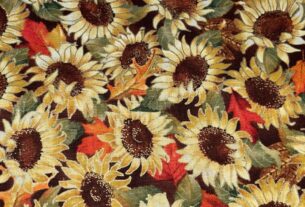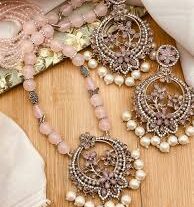“Tsumira_Okao” represents a captivating concept, embodying both a tradition and a unique cultural artifact within its origins. Derived from a blend of historical significance and artistic expression. It has captivated audiences with its aesthetic appeal and symbolic meanings. This article delves into the essence, historical roots, evolution, and cultural significance of Tsumira_Okao, offering a comprehensive understanding of its role in contemporary society.
The Origins of Tsumira_Okao
Tsumira_Okao finds its roots in ancient traditions, drawing from a rich heritage of cultural practices that date back centuries. The term itself combines two distinct elements—”Tsumira,” which may refer to a form of collective identity or heritage, and “Okao,” symbolizing an individualistic expression within that collective culture. Together, it embodies a balance between community and individuality, which plays a central role in its popularity and meaning.
Historically, the concept of Tsumira_Okao emerged as a means of expressing shared values within a community, often through visual art forms, textiles, or performances that brought people together. Early artefacts associated with Tsumira_Okao reflect motifs that depict ancestral values, the importance of unity, and the significance of individual contributions within a larger societal structure.
Evolution of Tsumira_Okao Through Time
The journey of Tsumira_Okao from a traditional artefact to a modern cultural symbol is remarkable. While the early renditions were primarily created as communal symbols, the influence of globalisation and cultural exchange has expanded its reach. Now incorporates elements from diverse artistic traditions, blending them with the original motifs. This evolution is evident in contemporary forms, such as digital illustrations, textiles, and even sculptures.
In recent decades, Tsumira_Okao has embraced modern design elements that appeal to a global audience. Artists and cultural practitioners have adapted the traditional designs to incorporate bright colours, abstract patterns, and geometric shapes, making it more relatable to modern aesthetics. This transformation demonstrates the flexibility of Tsumira_Okao in adapting to the tastes and preferences of changing generations.
Symbolism and Cultural Relevance
The symbolic aspect of Tsumira_Okao plays a significant role in its continued popularity. Representing resilience, community, and individuality, it resonates with people seeking to express a connection to heritage and culture. Each depiction of it carries a story or message, often tailored to reflect specific themes, such as the pursuit of harmony, prosperity, or personal growth.
For some, Tsumira_Okao is seen as a reminder of ancestral wisdom, serving as a link to the past and a bridge to the future. It is not uncommon for artists to include symbolic elements that depict the natural world—such as plants, animals, or celestial bodies—to emphasize the interconnectedness between humanity and nature. The cultural relevance of it continues to expand as it symbolizes core values that transcend geographical and cultural boundaries.
Tsumira_Okao in Contemporary Society
Today, Tsumira_Okao holds a prominent place in contemporary art and design. It is celebrated through exhibitions, cultural festivals, and online platforms, allowing audiences worldwide to appreciate its beauty and significance. Moreover, the accessibility of digital art has brought Tsumira_Okao into the digital landscape, where artists experiment with new interpretations and applications.
In the fashion industry, Tsumira_Okao-inspired designs have made their way into modern clothing and accessories, often featured in collections that emphasize cultural diversity and heritage. Similarly, home décor items such as tapestries, paintings, and decorative pieces inspired by Tsumira_Okao have gained popularity. Reflecting the growing appreciation for its aesthetic and symbolic value in contemporary interiors.
The Future of Tsumira_Okao
As Tsumira_Okao continues to evolve, it holds the potential to inspire future generations by bridging traditional and modern art forms. Artists and cultural advocates are working to preserve its heritage while encouraging innovation. This balance between preservation and adaptation ensures that will remain relevant and engaging for years to come.
The future looks promising, with a growing community of artists, designers, and cultural enthusiasts dedicated to exploring its possibilities. As long as there is a desire to celebrate heritage and express identity, it will continue to thrive as a timeless emblem of cultural continuity.
Conclusion
In essence, Tsumira_Okao embodies a beautiful blend of tradition and innovation, making it a unique representation of cultural expression. From its ancient origins to its modern interpretations. It symbolizes the strength of community, the beauty of individuality, and the value of preserving cultural identity. As it continues to evolve, Tsumira_Okao will undoubtedly inspire new generations to appreciate. The art of merging tradition with modernity, offering a meaningful reminder of the importance of heritage in an ever-changing world.




